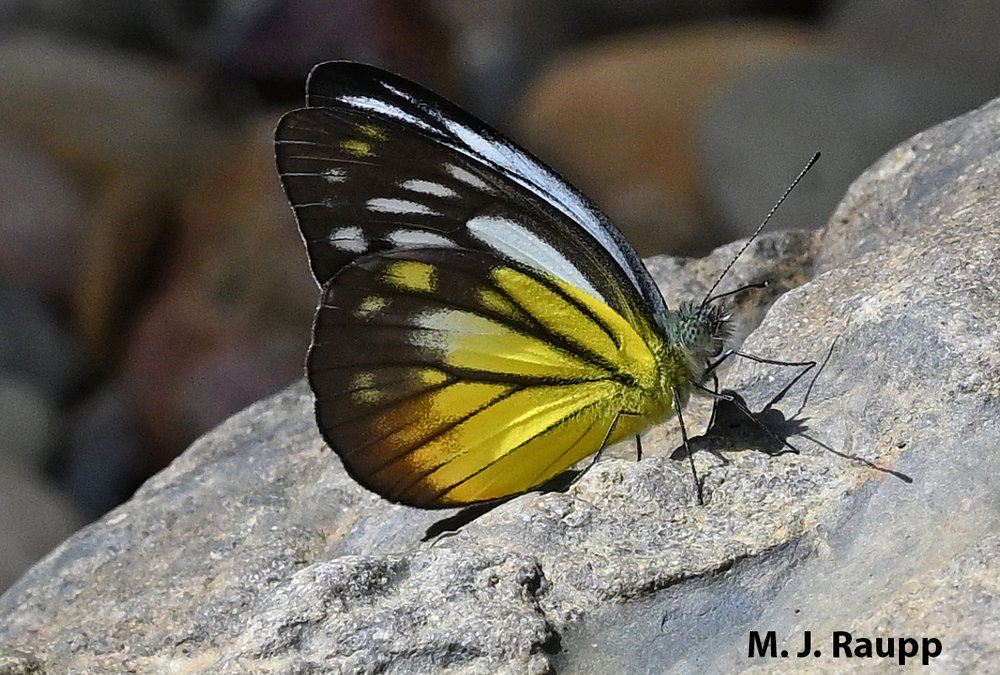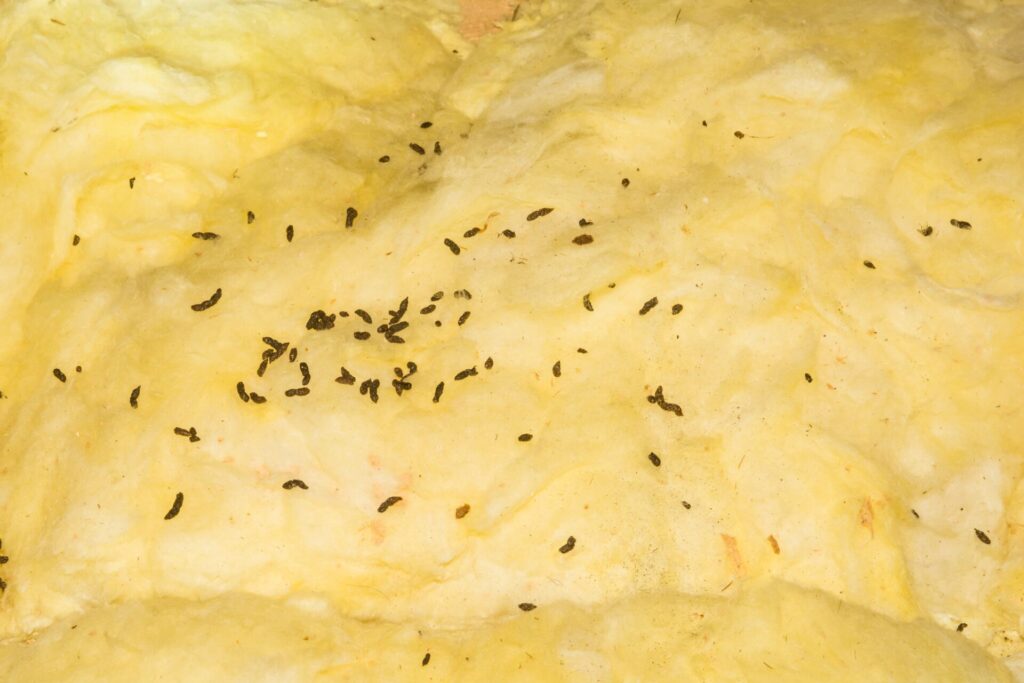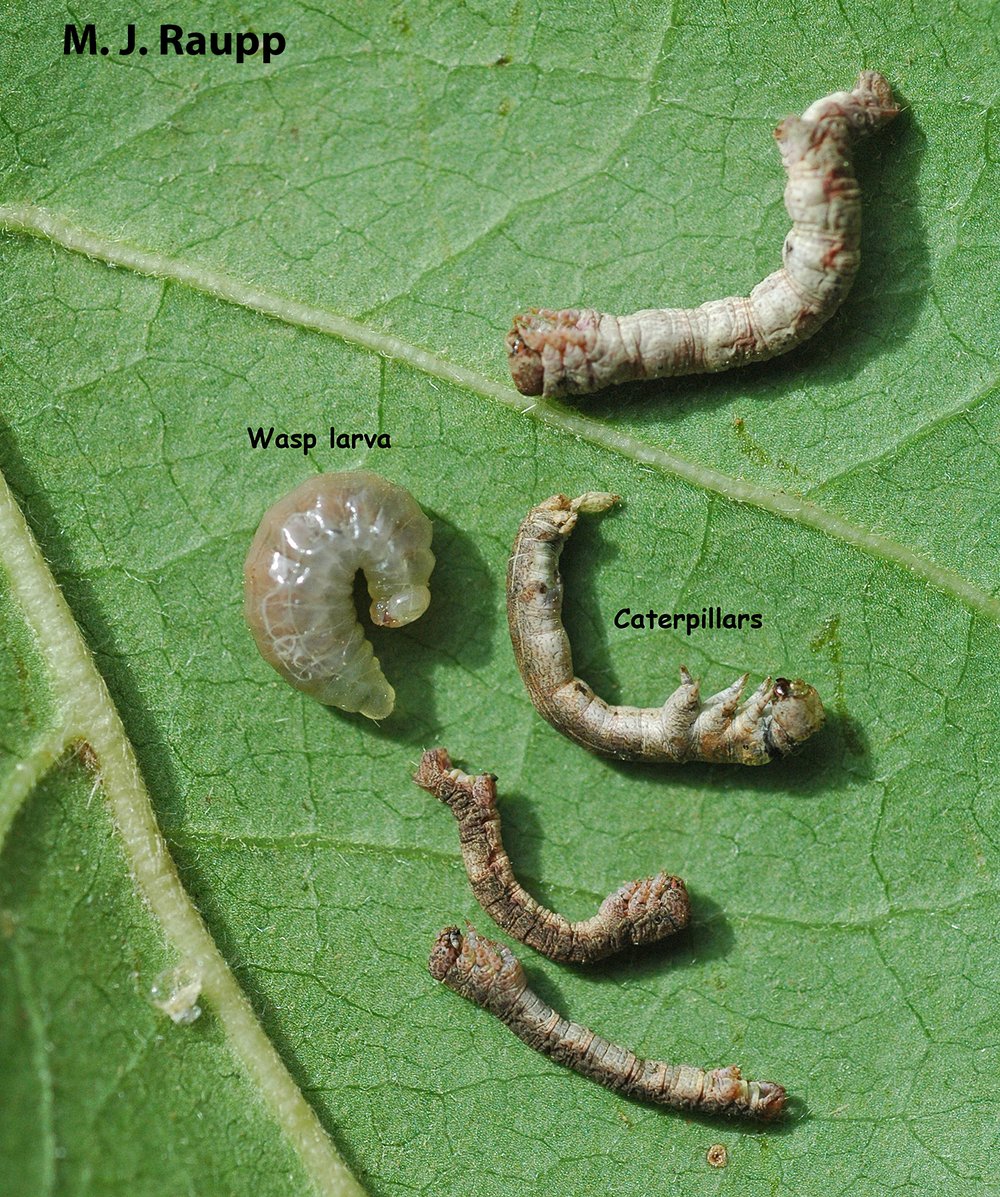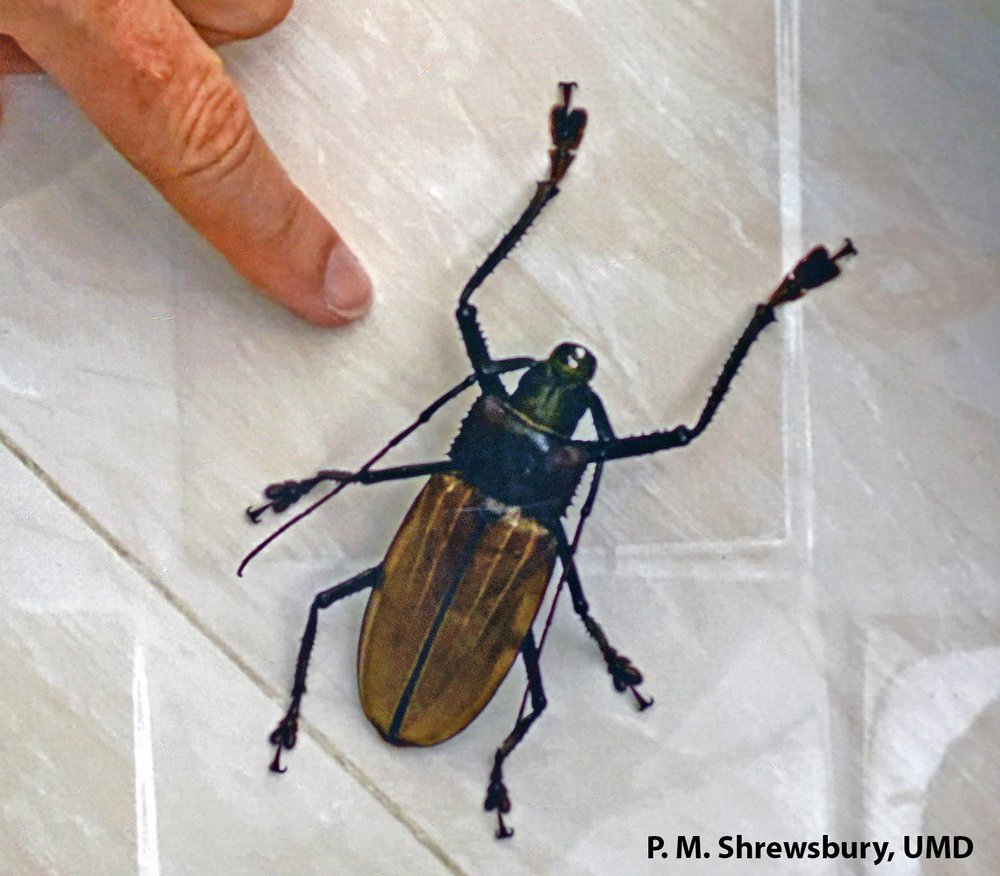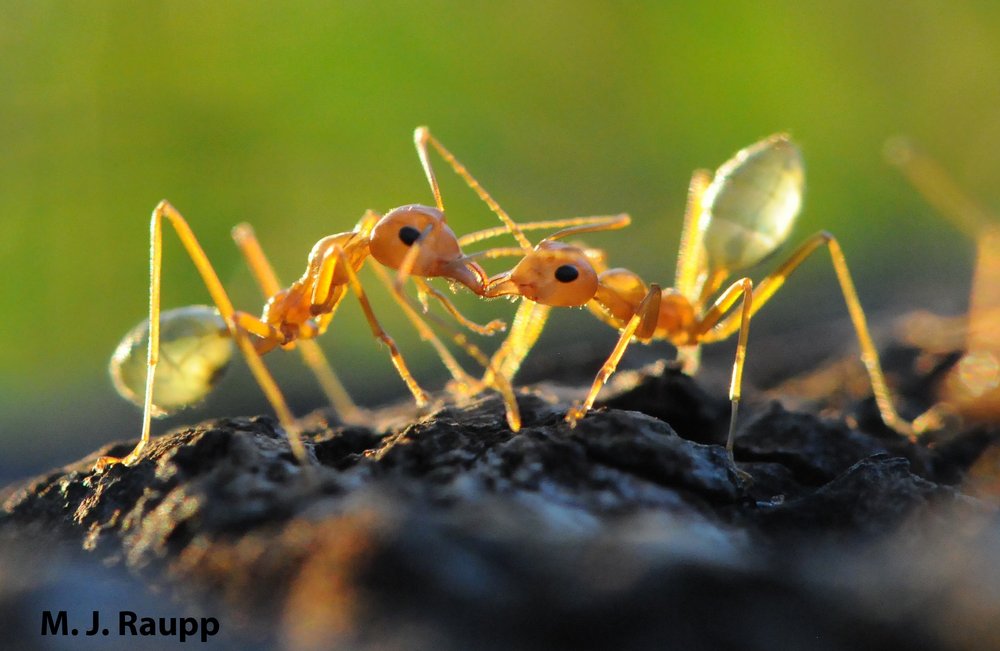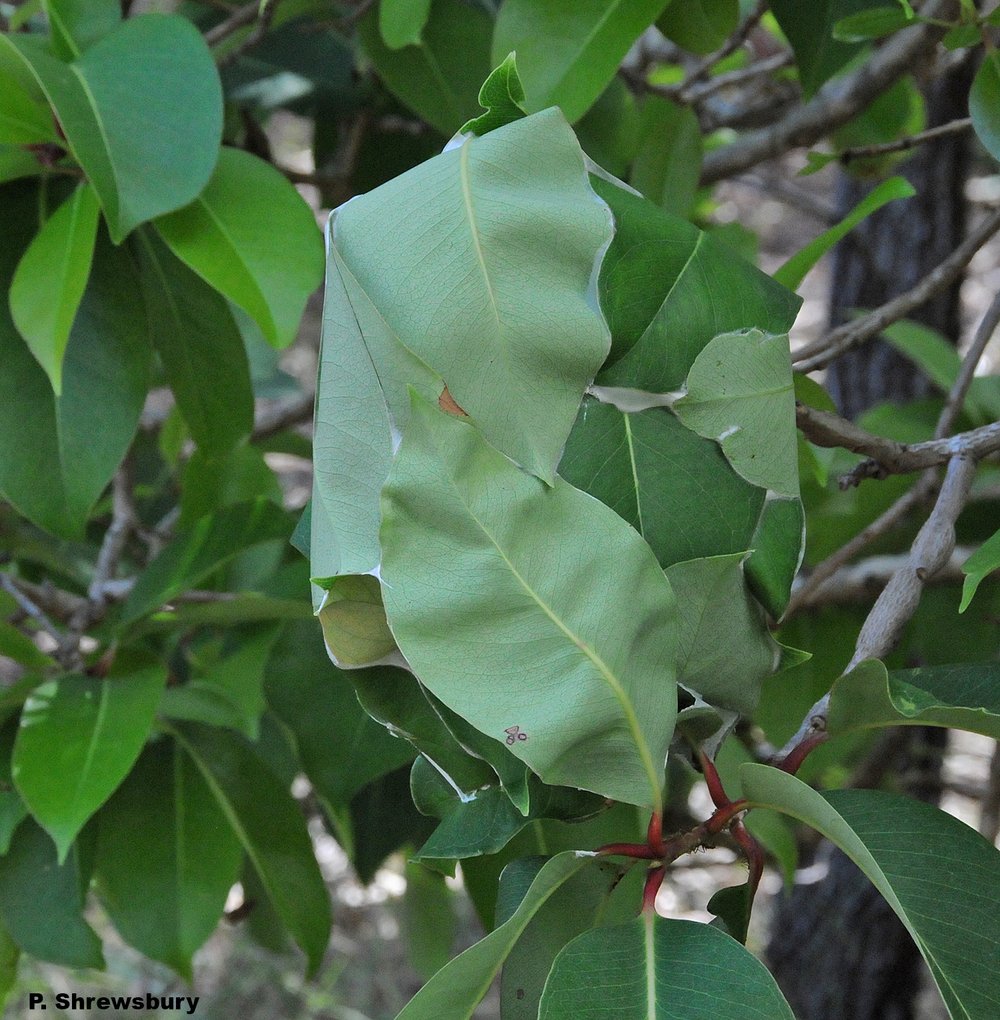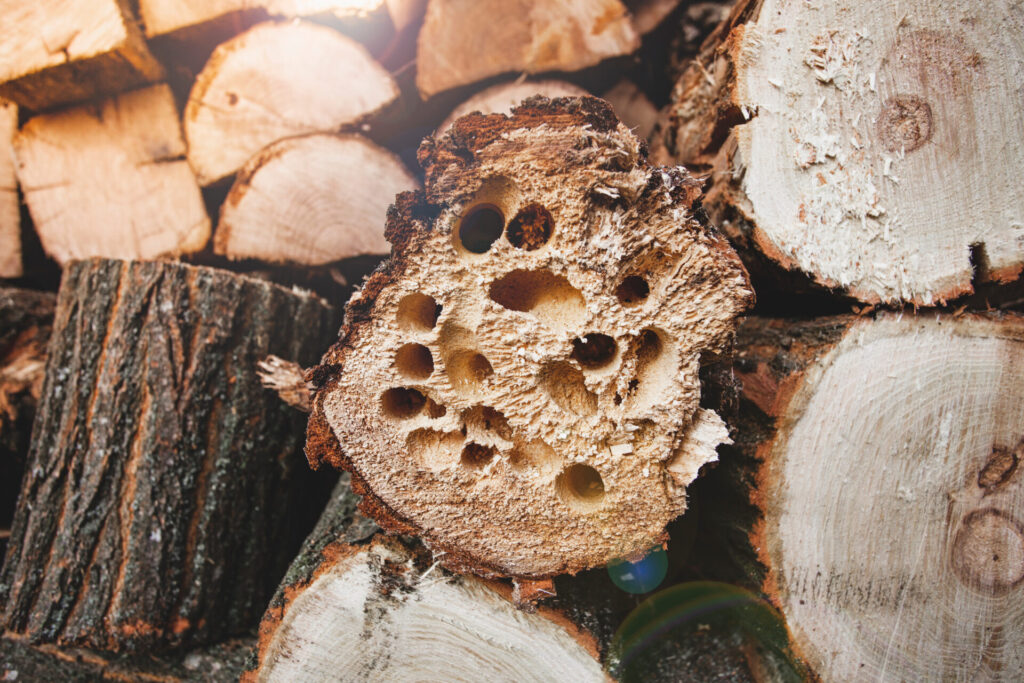The Connection Between Allergies and Springtime Pests
Spring! This magical season is marked by warming temperatures, greener scenery, and blooming plants. After the long, cold winter, spring makes us feel like the world is waking back up in an appealing way.
If you’re like many people in the Northeastern United States, the thought of spring is like a breath of fresh air. Unfortunately, for some people, it can also be the beginning of a season filled with coughing, sneezing, and sniffling due to seasonal allergies. As the world begins to bloom, people spend more time outdoors. At the same time, many pests begin reemerging and becoming more active.
Allergy season kicks off in the spring, affecting more than 20 million people in the U.S. This year, Catseye Pest Control wants you to feel more in control of your allergies, starting with understanding how allergies and spring pests are connected.
Allergies and Springtime Pests
More than one in four Americans suffers from allergies, with 25.7% of adults reporting seasonal allergies to the U.S. Centers for Disease Control and Prevention. Most people associate allergies with pollen from trees and flowers. However, another, lesser-known allergy trigger can be a problem — the connection between allergies and the pests that emerge as spring begins to bloom.
Although some allergy triggers, like pollen, for example, aren’t within your control, allergies triggered by pests can be avoided with preventive services and routine treatments. Some measures, such as permanently closing entry points with Cat-Guard Exclusion Systems, which are rigid, chemical-free barriers, can provide long-term, year-round solutions.
Pollen and Allergies
Have you ever stepped outside and noticed your car or other surfaces coated in a light, powdery, yellowish substance? That’s pollen. These tiny, fine grains are generated by plants to pollinate and fertilize the species and create seeds. The pollen from weeds, grasses, and trees is very dry and light, making it easy to disperse in the wind.
That makes it easy for pollen to spread in the wind and find its way into your eyes and respiratory system. For those with pollen allergies, pollen triggers allergic rhinitis. In spring, pollen comes primarily from trees and grasses, with weeds producing pollen from late summer through autumn.
Insects and Allergies
Pollen isn’t the only contributor to spring allergies. As biting and stinging insects like mosquitoes, bees, and ticks become more active, there is usually an uptick in allergic reactions. Household insects, including cockroaches, can trigger many symptoms that mirror pollen-borne allergies. These symptoms may include itchy, watery eyes, sinus inflammation, nasal congestion, coughing, and wheezing.
For anyone sensitive to common household insects, contact with their saliva, shed skin and body parts, and droppings can trigger an allergic response.
Dust Mites and Allergies
Dust is common in homes and businesses alike. Dust mites are tiny insects that are closely related to spiders and ticks and live in dust. They eat dead skin cells and typically thrive in warm areas like bedding and carpeting. The shells and droppings of dust mites contain enzymes that can trigger symptoms like runny noses, sneezing, coughing, and wheezing.
Mold and Allergies
Mold can pose a real household danger. For those with mold allergies, breathing in the tiny spores causes an immune response that often leads to coughing, itchy eyes, postnasal drip, congestion, and skin irritation. Mold exposure can also trigger asthma attacks and lead to other airway problems, including breathing restrictions.
Rodents and Allergies
The dander, hair, and proteins in rodents’ urine can trigger allergic responses and asthma attacks. Although you may think that dander and hair are the primary offenders, the protein in rodent urine is the biggest allergic trigger. Up to 33% of people who encounter rodents frequently develop allergies to them, according to data from Ohio State University College of Veterinary Medicine. Additionally, rodents can bring other allergy-inducing pests indoors with them, including mites and ticks.
The Role of Professional Pest Control Services for Allergy Reduction
Now, you can see how allergies and spring pests go hand-in-hand. Reducing exposure to common allergy triggers, including dust mites, cockroaches, rodents, and other insects, is essential. Professional pest control provides an effective environmental control strategy. An integrated pest management (IPM) approach combining the strategic use of pesticides, cleaning and sanitization, and preventive measures can also help effectively reduce allergen levels.
Contact Catseye Today for a Sneeze-Free Season
As the snow melts away and flowers start to bloom, many people eagerly await the arrival of spring. If you find yourself dreading the beginning of seasonal allergies, there are proactive steps you can take to mitigate the risks. We may not be able to reduce the pollen count, but Catseye can provide comprehensive preventive services to keep allergy-triggering pests under control.
Let Catseye help keep your springtime more beautiful and less sneezy this year. Contact us today to learn more about our services or to schedule a free inspection.
The post The Connection Between Allergies and Springtime Pests appeared first on Catseye Pest Control.
This article appeared first on Catseye Pest
